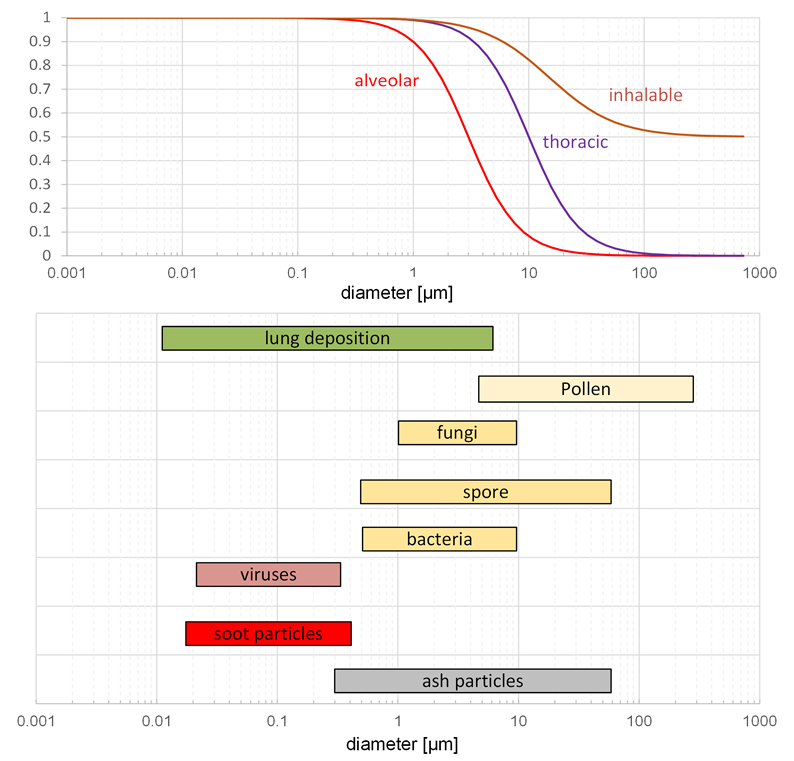Experienced Team
A founding team with a scientific background, consisting of aerosol physicists, material scientists, machine builders, marketing and supply chain experts.
Based on more than 25 years of international experience in the elimination of pollutants from exhaust gases from internal combustion engines, NanoCleanAir (NCA) supports and develops tailor-made solutions for protecting against viruses and nanoparticles in interiors (patent pending).
A film about a new ventilation technology, to keep indoor air free of viruses, nanoparticles and allergens.
Realisation thanks to the kind support of:
Prof. Dr. Heinz Burtscher, NanoCleanAir, Fachhochschule Nodwestschweiz
Prof. Dr. Joachim Frey, Universität Bern
Dipl. Ing. Dr. med. h.c. Andreas C. R. Mayer, NanoCleanAir
Dipl. Ing. ETH Dr. Jörg Mayer, NanoCleanAir
Prof. Dr. Barbara Rothen-Rutishauser, Adolphe Merkle Institut, Universität Fribourg
Martin Schmidt, Leiter der Rudolf Steiner Sonderschule, Lenzburg
Patrick Specht, Fachhochschule Nordwestschweiz
A founding team with a scientific background, consisting of aerosol physicists, material scientists, machine builders, marketing and supply chain experts.
An advisory board made up of developers of nanoparticle measuring devices, biologists, microbiologists, virologists, pulmonologists, internists and epidemiologists.
Institute for Sensor Technology and Electronics of FHNW Windisch (aerosol laboratory), Swiss NanoAnalytics, Adolphe Merkle Institute of the University of Fribourg (filter efficiency measurements) and CFS, Combustion and Flow Solutions GmbH (flow calculations and simulations)
Most air pollutants, such as soot particles, pose a risk to human health because they are inhaled in the form of ultrafine particles. Nanofiltration, a highly efficient, passive and very cost-effective process, which is already part of the technical standard in vehicle technology thanks to NanoCleanAir's preparatory work, is ideal for eliminating such nanoparticles from the air.
Viruses are nanoparticles and aerosols. Once exhaled, like cigarette smoke or perfume, they quickly fill rooms, remain in contagious concentrations for many hours, and inhaling them in critical doses can hardly be avoided.

Contaminated air is captured directly at the source by suction overhead and immediately removed from the infection area. The spread of virus particles through dilution is thus prevented. Viruses are eliminated, firmly bound and completely deactivated by nanofiltration.

Nanoparticles (Greek: nano = the dwarf; phys. SI system nano = 10-9) are particles that are smaller than one μm (micrometer, one thousandth of a millimeter) or smaller than 100 nm (nanometer). They can consist of very different substances. If these particles are macro-structurally bound to solid surfaces, e.g. in the case of coatings (water-repellent, catalytic, bactericidal, virucidal), they are considered harmless. Due to their small size, however, free nanoparticles can enter the alveoli via the respiratory tract, penetrate their membranes and thus get into the bloodstream and from there to all organs, even the brain and placenta.
Aerosols, such as soot particles or pollen, are liquid or solid particles suspended in the air. These suspended particles are called aerosol particles. The smallest particles are a few nanometers in size, which means, for example, that they are over 10,000 times smaller than the diameter of a human hair.
SARS-CoV-2 viruses are particles of the same mobility size as soot particles from gasoline to diesel engines.

Hoppenheidt 2002 - from the book "Bioaerosols and health: Effects of biological air constituents and ..." Wolfgang Mücke, Christa Lemmen; Publisher ecomed
An aerosol is a dynamic system and is subject to constant changes due to the condensation of vapors on existing particles, the evaporation of volatile components of the particles, the coagulation of small particles into large ones or the deposition of particles on surrounding objects. Humans constantly emit aerosols. They consist of saliva, among other things. The larger and heavier droplets of saliva quickly sink to the bottom. But especially in dry interiors, the surrounding moisture can evaporate within a fraction of a second after the droplets are exhaled, and these particles in the size range 50-150 nm develop into actual aerosols, which spread unhindered in rooms and float in the air for many hours or even days.
Basically yes, but only if the purifier is equipped with HEPA filters (High Efficient Particulate Airfilter). Many air purifiers have filters that only separate larger particles (e.g. pollen, but not soot particles, viruses, etc.). In addition to good filter efficiency, the flow guidance is very important, only if this is so that the entire room air is circulated through the air cleaner can it develop its effect.
The exhaled air must be sucked out before it reaches other people in the room to prevent infection. Air suction is primarily suitable for this purpose, vertically upwards. The NCA solution is based on this principle: extract air quickly and filter / inactivate it effectively.
